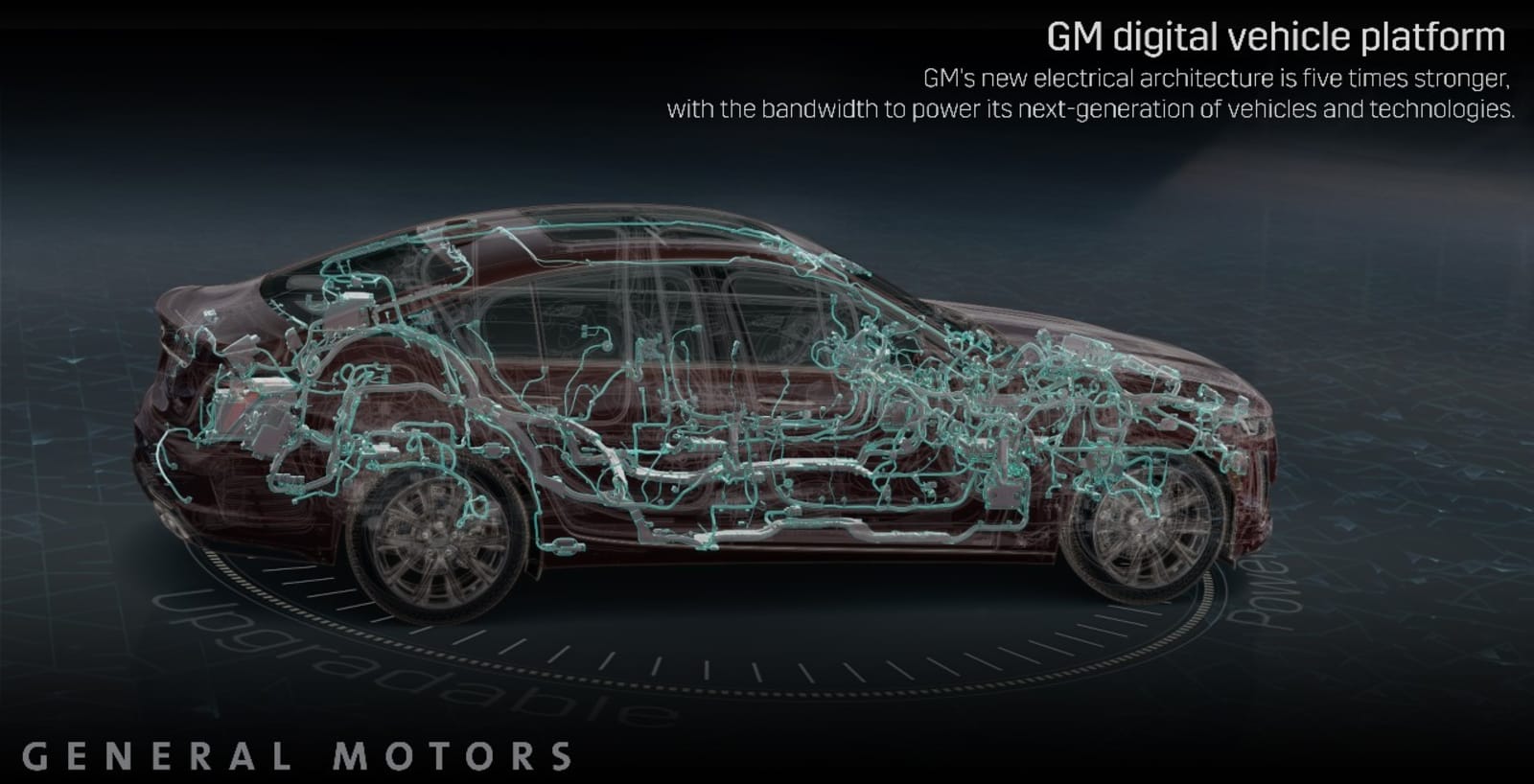Jerry Moran of Kansas urged Agriculture Secretary Sonny Perdue to find a better response than unreliable government aid.
Reporter Apologizes For Calling American K-Pop Singer’s English ‘Phenomenal’
Posted in: Today's ChiliKTLA’s Sam Rubin apologized for not doing “additional research” on NCT 127.

Stanford’s Doggo is a petite robotic quadruped you can (maybe) build yourself
Posted in: Today's ChiliGot a few thousand bucks and a good deal of engineering expertise? You’re in luck: Stanford students have created a quadrupedal robot platform called Doggo that you can build with off-the-shelf parts and a considerable amount of elbow grease. That’s better than the alternatives, which generally require a hundred grand and a government-sponsored lab.
Due to be presented (paper on arXiv here) at the IEEE International Conference on Robots and Automation, Doggo is the result of research by the Stanford Robotics Club, specifically the Extreme Mobility team. The idea was to make a modern quadrupedal platform that others could build and test on, but keep costs and custom parts to a minimum.
The result is a cute little bot with rigid-looking but surprisingly compliant polygonal legs that has a jaunty, bouncy little walk and can leap more than three feet in the air. There are no physical springs or shocks involved, but by sampling the forces on the legs 8,000 times per second and responding as quickly, the motors can act like virtual springs.
It’s limited in its autonomy, but that’s because it’s built to move, not to see and understand the world around it. That is, however, something you, dear reader, could work on. Because it’s relatively cheap and doesn’t involve some exotic motor or proprietary parts, it could be a good basis for research at other robotics departments. You can see the designs and parts necessary to build your own Doggo right here.
“We had seen these other quadruped robots used in research, but they weren’t something that you could bring into your own lab and use for your own projects,” said Doggo lead Nathan Kau in a Stanford news post. “We wanted Stanford Doggo to be this open source robot that you could build yourself on a relatively small budget.”
In the meantime, the Extreme Mobility team will be both improving on the capabilities of Doggo by collaborating with the university’s Robotic Exploration Lab, and also working on a similar robot but twice the size — Woofer.
Sony Interactive Entertainment is gearing up to offer movies and television shows based on a huge catalog of popular videos games, the company has announced. These projects will come from PlayStation Productions, a studio newly unveiled as part of the Sony Pictures lot in Culver City, California. The production studio has already started work on its initial batch of projects, … Continue reading
The U.S. Commerce Department has granted Huawei Technologies a 90-day extension during which time it is allowed to issue software updates to existing phones and purchase goods made in America. The extension period will be effective starting today, May 20, and last through August 19, 2019. Huawei Technologies is one of 69 total non-U.S. affiliates granted the 90-day temporary general … Continue reading
Recent results suggest that Pluto has a liquid water ocean buried beneath its icy shell. But how could such a thing be possible at the frigid outer edges of the solar system? Scientists from Japan and the United States might have an answer.
Scammers Are Using Facebook to Trick People Into Thinking They Accidentally Donated Money to ISIS
Posted in: Today's ChiliScammers are using Facebook Messenger and other apps in an attempt to convince Americans that they accidentally gave money to terrorist groups like ISIS, according to a new warning from the Department of Homeland Security’s Office of the Inspector General.
Google Researchers Trained an Algorithm To Detect Lung Cancer Better Than Radiologists
Posted in: Today's ChiliAlgorithms have screwed up in horrifying, hilarious, and unfortunate ways, so it’s nice when one with the potential to save lives nearly nails it. On Monday, Google AI researchers along with healthcare researchers published research showing that they’ve successfully trained a deep learning algorithm to detect lung…
Science journalists around the world received one of the silliest corrections yet in our inbox over the weekend, and I would like to share it here with you.

